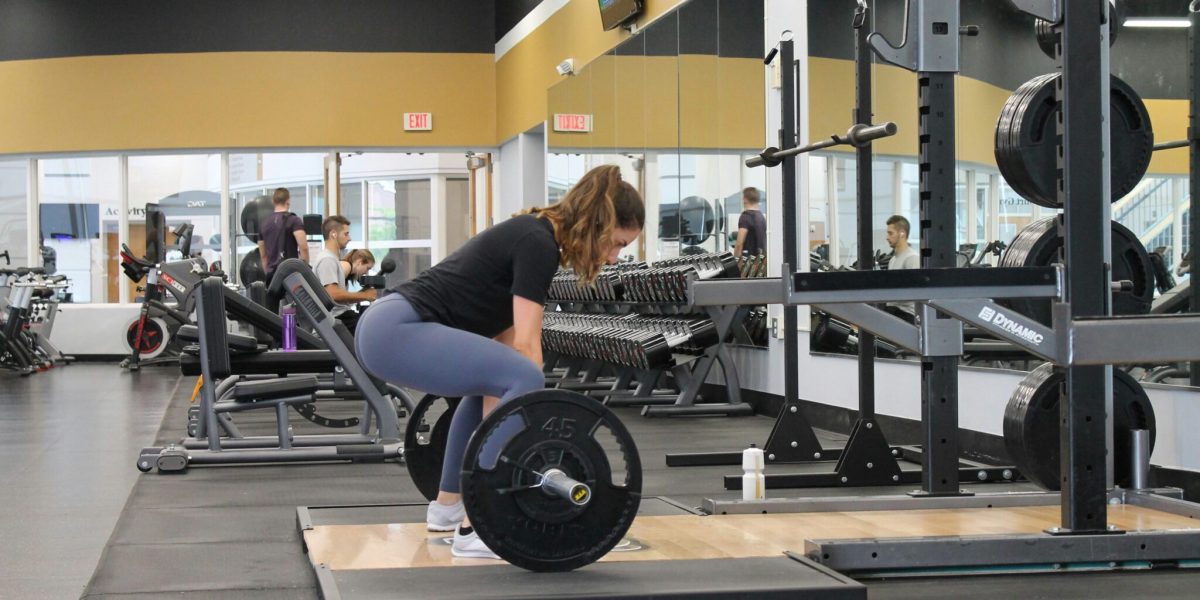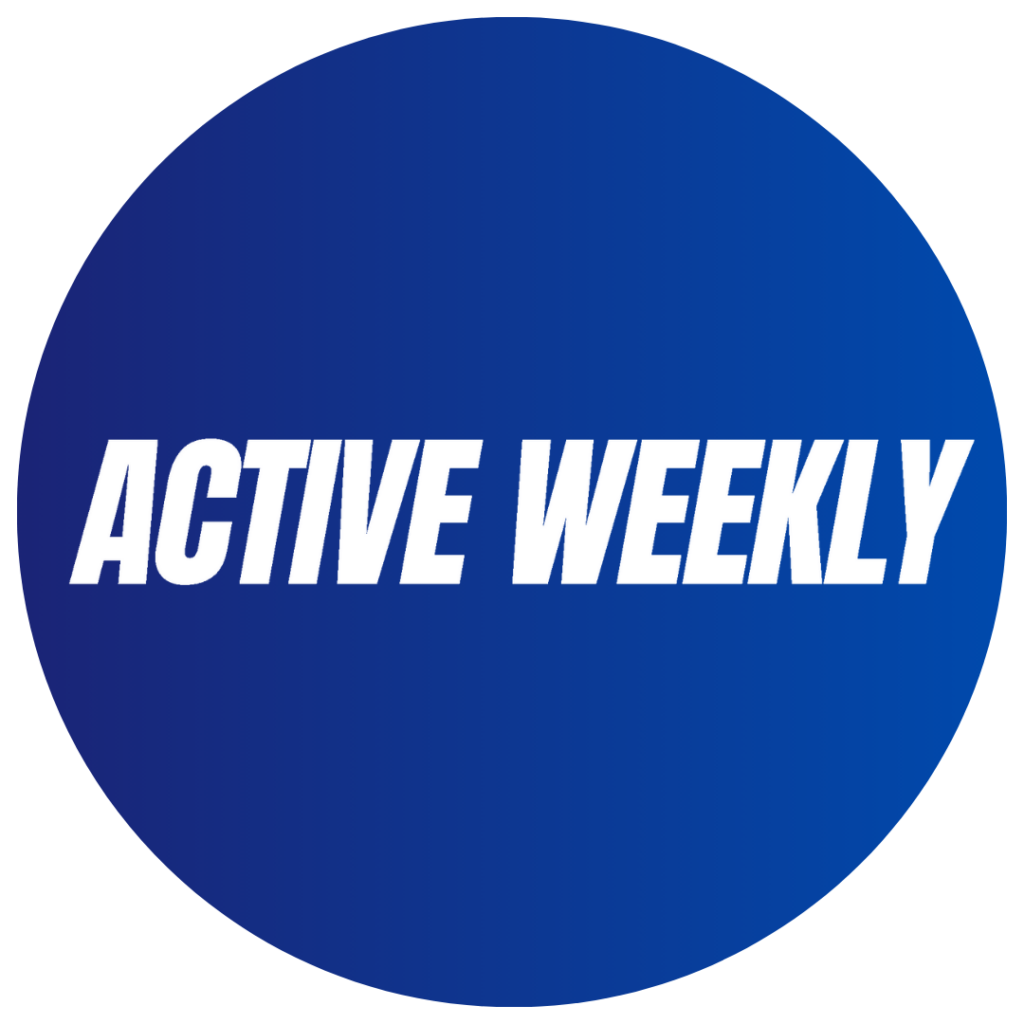When it comes to building muscle mass, the way you structure your workout routine plays a pivotal role in your progress. Whether you’re a beginner or an experienced lifter, understanding the importance of a workout split is essential to target specific muscle groups and achieve optimal results. This guide will dive into different types of workout splits, the exercises you should incorporate, and nutritional tips to support muscle growth.
Read Also: Understanding Body Neutrality: Embracing Your Body for What It Can Do
What Is a Workout Split and Why Is It Important?
A workout split refers to the way you organize your training schedule, deciding which muscle groups to work on specific days. The goal is to target different areas of the body, ensuring that each muscle group has time to recover while you focus on others.
The workout split you choose will depend on your goals, fitness level, and how many days per week you can commit to exercising. Properly alternating between upper and lower body days, or focusing on one muscle group at a time, allows you to train harder, boost muscle growth, and avoid overtraining.
Types of Workout Splits
There are several popular workout splits you can follow. Each one has its own benefits, and you should select one based on your schedule, fitness goals, and ability to recover.
1. Full Body Split (3 Days a Week)
A full-body workout split targets all major muscle groups in one session, typically performed 3 times a week. This routine is ideal for beginners or those with limited training time. It’s efficient because it allows you to work on all muscle groups while giving your body ample recovery time between sessions. Exercises typically include:
- Squats
- Deadlifts
- Push-ups
- Pull-ups
- Bench Press
This workout split ensures that you’re hitting all muscle groups and giving them time to recover before your next session.
2. Upper/Lower Split (4 Days a Week)
The upper/lower split alternates between working the upper and lower body. For example, you might train the upper body on Mondays and Thursdays, and the lower body on Tuesdays and Fridays. This split allows you to focus on strength and hypertrophy (muscle growth) while giving each muscle group enough rest between sessions. Common exercises include:
- Upper Body Days: Bench press, rows, shoulder press, bicep curls, tricep dips
- Lower Body Days: Squats, lunges, deadlifts, calf raises
By splitting your workouts into upper and lower body days, you allow for a more intense focus on each area, optimizing muscle growth.
3. Push/Pull/Legs Split (3-6 Days a Week)
The push/pull/legs split divides your routine into three types of movement patterns: pushing, pulling, and leg exercises. This split allows for 3, 4, or even 6 training days per week depending on your goals and how much time you can devote to the gym.
- Push Days: Targeting pushing movements such as bench press, overhead press, and tricep extensions
- Pull Days: Focusing on pulling exercises like deadlifts, pull-ups, and rows
- Leg Days: Lower body exercises like squats, lunges, and leg press
This workout split is perfect for more advanced lifters or those looking to increase training volume. By focusing on specific movement patterns, you maximize muscle engagement and growth.
4. Body Part Split (5-6 Days a Week)
The body part split, also known as the “bro split,” targets one muscle group per day. You would typically train each muscle group once per week, with a training frequency of 5-6 days a week. For example:
- Monday: Chest
- Tuesday: Back
- Wednesday: Shoulders
- Thursday: Legs
- Friday: Arms (biceps and triceps)
This type of workout split is most suitable for intermediate to advanced lifters who have the time and recovery ability to train frequently. It allows you to fully isolate and exhaust one muscle group during each session, promoting muscle hypertrophy.
Effective Exercises to Include in Your Workout Routine
Incorporating the right exercises into your workout split is crucial for muscle growth. Here are some essential exercises for each muscle group:
Chest
- Barbell Bench Press
- Dumbbell Chest Press
- Push-Ups
- Chest Flyes
Back
- Pull-Ups
- Deadlifts
- Barbell Rows
- Lat Pulldowns
Shoulders
- Overhead Shoulder Press
- Lateral Raises
- Arnold Press
- Front Raises
Legs
- Squats
- Lunges
- Deadlifts
- Leg Press
Arms
- Bicep Curls
- Tricep Dips
- Hammer Curls
- Skull Crushers
By including these compound and isolation exercises in your workout split, you’ll ensure balanced muscle development and overall strength improvement.
Nutrition Tips to Support Muscle Growth
A well-balanced nutrition plan is just as important as your workout split when it comes to building muscle mass. Here are some nutrition tips to help fuel your muscles and maximize growth:
1. Protein
Protein is essential for muscle repair and growth. Aim to consume 1.6–2.2 grams of protein per kilogram of body weight daily. Sources include chicken, fish, lean beef, eggs, tofu, and legumes.
2. Carbohydrates
Carbs are your body’s primary source of energy, especially during intense workouts. Include complex carbs like brown rice, sweet potatoes, oats, and whole grains to fuel your body for effective workouts.
3. Healthy Fats
Healthy fats support overall health and hormone production, including muscle-building hormones like testosterone. Include sources like avocados, olive oil, nuts, and seeds.
4. Hydration
Staying hydrated is key for optimal muscle function. Drink plenty of water throughout the day, especially during and after your workout.
5. Caloric Surplus
To build muscle, you need to be in a slight caloric surplus, meaning you should consume more calories than you burn. This ensures your body has enough energy to support muscle growth.
How to Choose the Right Workout Split for You
Choosing the best workout split depends on various factors, including your experience level, fitness goals, and time commitment. If you’re just starting, a full-body split may be more suitable. However, if you’re looking for increased intensity and more focus on specific muscle groups, consider progressing to an upper/lower split or push/pull/legs structure.
Read Also: Fitness for Every Goal: Tailoring Your Workout Routine
For advanced lifters with a more flexible schedule, the body part split offers maximum isolation and volume for each muscle group, which is crucial for muscle growth and strength development.
Understanding the right workout split and complementing it with the proper exercises and nutrition is key to achieving muscle growth. Whether you’re looking for a full-body approach or focusing on individual muscle groups, the right workout split can help you maximize your efforts and reach your fitness goals faster. Always remember that consistency, dedication, and proper recovery are just as important as the exercises you perform.
Disclaimer: This article is for informational purposes only and should not be considered medical or fitness advice. Always consult with a qualified healthcare professional or certified fitness trainer before starting any workout split or exercise program. Individual results may vary based on factors such as fitness level, nutrition, and recovery.
Published by Drake M.





